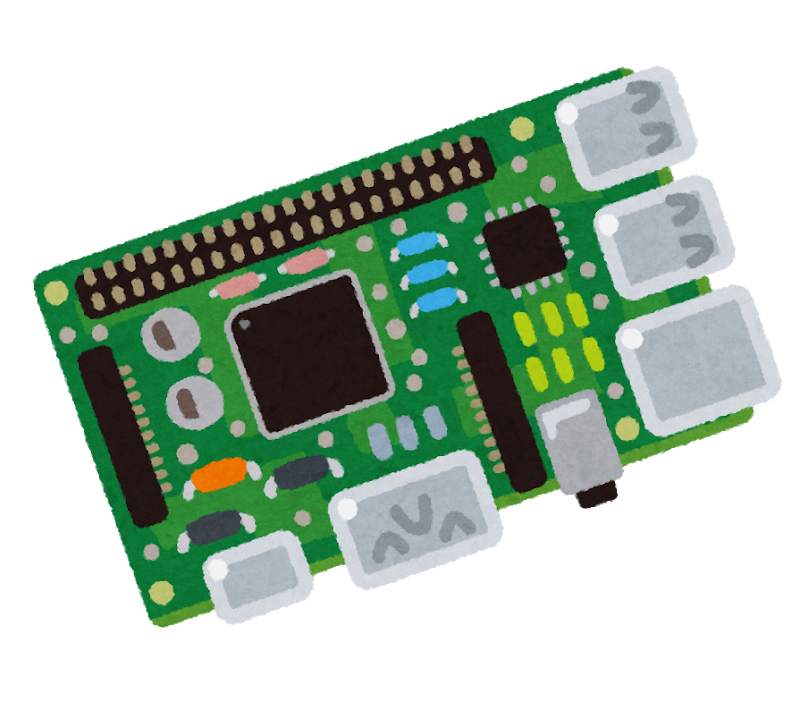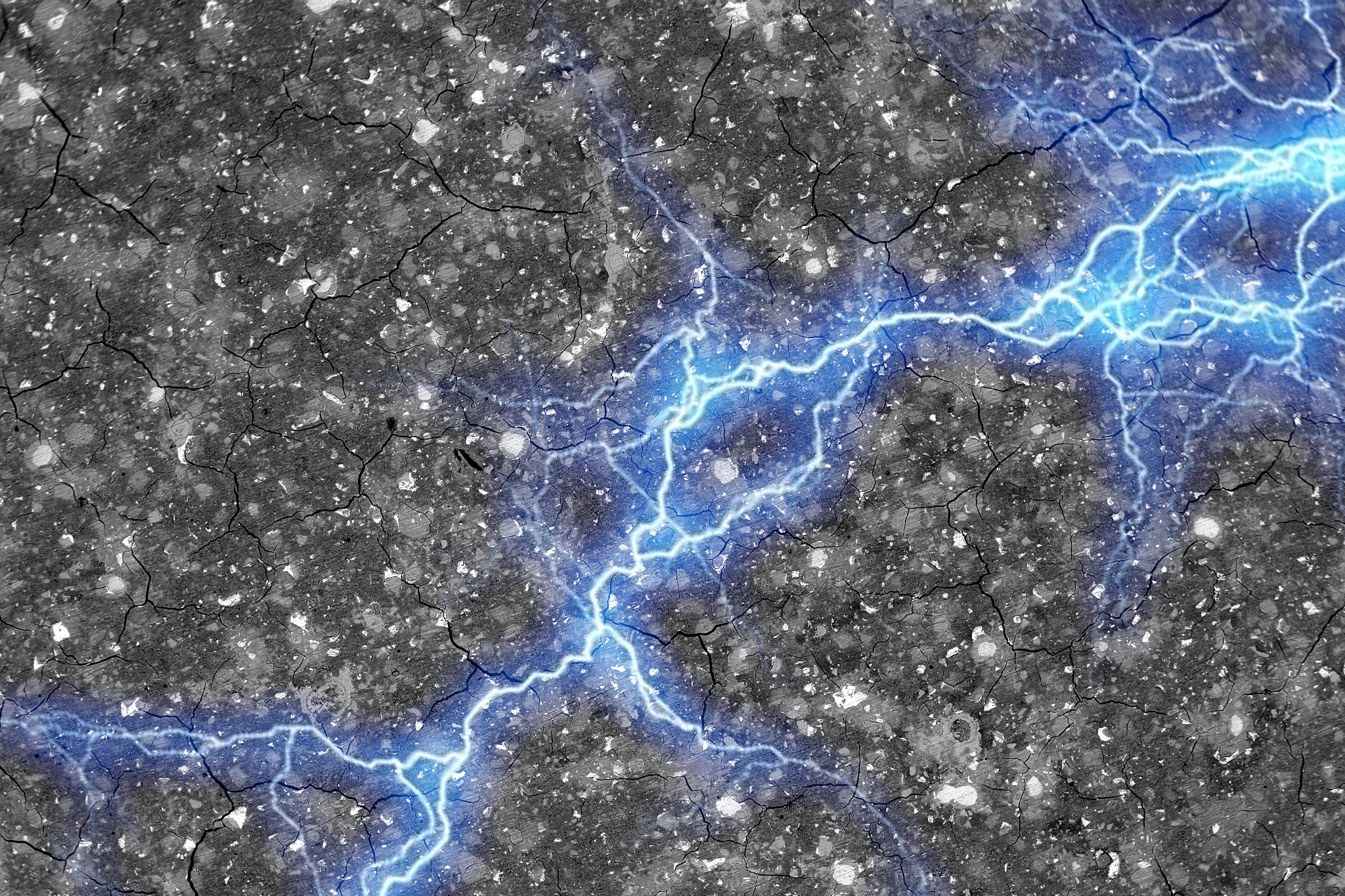- 9 Posts
- 84 Comments

On individual scale, precisely that - a split type AC with one half indoors (or in a water tank) and the other half in an outdoor environement (air, water or ground).
If you’re extracting heat from the environment, the machine lets the working fluid evaporate into the outdoor heat exchanger and compresses it back into the indoor heat exchanger. If you’re cooling your premises - reverse that.
However, on a city scale, it’s like “you’ve got a lot of sewage at 30 C” -> “your heat pump is a large building” -> “your sewage outflow is now at 10 C, but your underground heat reservoir gets charged to 140 C (stays liquid because of water column pressure), and you spend much less energy pumping the heat than you would spend heating the water directly”.

 4·28 days ago
4·28 days agoRelays: my use for truck relays is switching on heaters in my thermal storage water tank. Not big ones, though - I use relays rated for 24V and 40A of current. Since they are old, I have applied a safety margin and only let 25 A flow through them, so each of them handles 24 x 25 = 600 W.
As for using DC appliances: benefits do exist. If a household has a low voltage DC battery bank (some do, some don’t) then dropping the battery voltage a few times to power car parts comes with a smaller efficiency loss. In my household, DC appliances are used for lighting, communications, computing, cooling food, pumping water and soldering electronics. The rest goes via AC. I think a car air conditioner could cool some small storage room decently. With big living rooms, it would have difficulty since it’s a small device.

 8·28 days ago
8·28 days agoRelays can be used for anything, and a car contains a fair number.
You can make a pulse jet engine from a muffler parts, but a solarpunk society would probably not do that. :)
Copper brake pipe and cooling radiators can be used as heat exchangers for other stuff.
Air conditioner parts can be reverse-used for Stirling engines or to pump heat in other contexts.

 6·1 month ago
6·1 month agoYep, indeed, I’m already discovering differences too. :) A good document for techies to read seems to be here.
https://reticulum.network/manual/understanding.html
I also think I see a problem on the horizon: announce traffic volume. According to this description, it seems that Reticulum tries to forward all announces to every transport node (router). In a small network, that’s OK. In a big network, this can become a challenge (disclaimer: I’ve participated in building I2P, but ages ago, but I still remember some stuff well enough to predict where a problem might pop up). Maintenance of the routing table / network database / <other term for a similar thing> is among the biggest challenges when things get intercontinental.

 4·1 month ago
4·1 month agoInteresting project, thank you for introducing. :)
I haven’t tested anything, but only checked their specs (sadly I didn’t find out how they manage without a distributed hashtable).
Reticulum does not use source addresses. No packets transmitted include information about the address, place, machine or person they originated from.
Sounds like mix networks like I2P and (to a lesser degree, since its role is proxying out to the Internet) like TOR. Mix networks send traffic using the Internet, so the bottom protocol layers (TCP and UDP) use IP addresses. Higher protocol layers (end to end messages) use cryptographic identifiers.
There is no central control over the address space in Reticulum. Anyone can allocate as many addresses as they need, when they need them.
Sounds like TOR and I2P, but people’s convenience (easily resolving a name to an address) has created centralized resources on these nets, and will likely create similar resources on any network. An important matter is whether the central name resolver can retroactively revoke a name (in I2P for example, a name that has been already distributed is irrevocable, but you can refuse to distribute it to new nodes).
Reticulum ensures end-to-end connectivity. Newly generated addresses become globally reachable in a matter of seconds to a few minutes.
The same as aforementioned mix networks, but neither of them claims operability at 5 bits per second. Generally, a megabit connection is advised to meaninfully run a mix network, because you’re not expected to freeload, but help mix traffic for others (this is how the anonymity arises).
Addresses are self-sovereign and portable. Once an address has been created, it can be moved physically to another place in the network, and continue to be reachable.
True for TOR and I2P. The address is a public key. You can move the machine with the private key anywhere, it will build a tunnel to accept incoming traffic at some other node.
All communication is secured with strong, modern encryption by default.
As it should.
All encryption keys are ephemeral, and communication offers forward secrecy by default.
In mix networks, the keys used as endpoint addresses are not ephemeral, but permanent. I’m not sure if I should take this statement at face value. If Alice wants to speak to Bob tomorrow, some identifier of Bob must not be ephemeral.
It is not possible to establish unencrypted links in Reticulum networks.
Same for mix networks.
It is not possible to send unencrypted packets to any destinations in the network.
Same.
Destinations receiving unencrypted packets will drop them as invalid.
Same.
P.S.
I also checked their interface list and it looks reasonable. Dropping an idea too: an interface for WiFi cards in monitor/inject mode might help some people. If the tool gets popular, I’m sure someone will build it. :)

As an anarchist who would welcome other anarchists - sadly, I doubt if that’s a reliable recipe to stop climate change.
Limiting (hopefully stopping) climate change can be done under almost any political system… except perhaps dictatorial petro-states. However, it takes years of work to tranform the economy. Transport, heating, food production - many things must change. Perhaps the simplest individual choices are:
- going vegetarian (vegan if one knows enough to do the trick)
- avoidance of using fossil fueled personal vehicles
- improving home energy efficiency (especially in terms of heating)
- avoidance of air travel
- avoidance of heavy goods delivered from distant lands
The rest - creating infrastructure to produce energy cleanly and store sufficient quantities - are typically societal choices.
As for corals - I would start by preserving their biodiversity, sampling the genes of all coral and coral-related species and growing many of them in human-made habitats. If we’re about to cause their extinction, it’s our obligation to provide them life support until the environment has been fixed.
Also, I would consider genetically engineering corals to tolerate higher temperatures. Since I understand that this is their critical weakness, providing a solution could save ecosystems. If a solution is feasible, that is.
Corals reproduce sexually so a useful gene obtained from who knows where would spread among them (but slowly - because typical colonies grow bigger asexually). Also, I would keep in mind that this could have side effects.
As for tempeature - it will be rising for some time before things can be stopped. Short of geoengineering, nothing to be done but reduce emissions, adapt, and help others adapt. The predictable outcome - it will get worse for a long while before it starts getting any better.

News of the sentencing reached the public broadcaster here in Estonia, including Dale Vince’s comment that “this resembles Russia or maybe North Korea” and Chris Packham’s assessment that “this is a threat against freedom of speech”.
I hope the judgement gets overturned on appeal, and the law that enabled the judgement gets scrapped or rewritten.
I also suspect that the next people who want to stop traffic will not choose peaceful assembly as their method, but will use far more dangerous methods - sabotage from distance, e.g. no more traffic lights on a big intersection. Needless to say, state will cry “terrorism” then, and that is not a desirable outcome, so I hope nobody feels compelled to prove the point.

The Ugandan military playing security guards for a China-controlled oil project… I think explaining human rights over there will have to start from zero - and may have to be backed with “or else” statements - if there exists an institution in a suitable position to issue them. :o

 9·4 months ago
9·4 months ago“It’s what we call ‘strategic incapacitation’ of groups that threaten the political order,” Walby said. “The tactics also include bogus or trumped up charges, early morning raids, and surveillance and strategic intelligence to know as much as possible about activist communications.
This wouldn’t be the first time of a police force using the legal process (which is heavily tilted towards their convenience and the inconvenience of anyone suspected or accused) as a punishment. Needless to say, the process should not be tilted or burdensome, but in reality - it is.
I hope the Canadian legal system at least ensures compensation for false imprisonment and such things.
Activists would meanwhile benefit from adopting safeguards characteristic of partisans operating against a hostile government, even if their actions are peaceful and seek to inform the public. It’s a shame that one has to view cops as an enemy force, but that’s reality - they aren’t friends of activism anywhere. In some places they just have unchecked power, while in other places their power is limited.

 3·4 months ago
3·4 months agoI would add:
- if you wanted direct and low-latency access to cameras (for machine vision)

1 C more temperature -> air can hold 7% more water vapour
…but the peaks of fringe events are quite a bit taller than +1 C. Raising the average by 1 C raises the peaks considerably more.

Summary:
But then, in the geologically abrupt space of only a few decades, this great river of ice all but halted. In the two centuries since, it has moved less than 35 feet a year. According to the leading theory, the layer of water underneath it thinned, perhaps by draining into the underside of another glacier. Having lost its lubrication, the glacier slowed down and sank toward the bedrock below.
/…/
“The beauty of this idea is that you can start small,” Tulaczyk told me. “You can pick a puny glacier somewhere that doesn’t matter to global sea level.” This summer, Martin Truffer, a glaciologist at the University of Alaska at Fairbanks, will travel to the Juneau Icefield in Alaska to look for a small slab of ice that could be used in a pilot test. If it stops moving, Tulaczyk told me he wants to try to secure permission from Greenland’s Inuit political leaders to drain a larger glacier; he has his eye on one at the country’s northeastern edge, which discharges five gigatons of ice into the Arctic Ocean every year. Only if that worked would he move on to pilots in Antarctica.
It’s not wild at all. :) The plan makes sense from a physical perspective, but should not be implemented lightly because:
- it’s extremely hard work and extremely expensive to drain water from beneath an extremely large glacier
- it doesn’t stop warming, it just puts a brake on ice loss / sea level rise

 4·4 months ago
4·4 months agoIf the motor mount is hackable with reasonable effort, and the motor controller’s interfaces are open, then in principle… yes.
Yet in reality, companies build extremely complicated cars where premature failure of multiple components can successfully sabotage the whole. :(
I’ve once needed to repair a Mitsubishi EV motor controller. It took 2 days to dismantle. Schematics were far beyond my skill of reading electronics, and I build model planes as an everyday hobby, so I’ve seen electronics. Replacement of the high voltage comparator was impossible as nobody was selling it separately. The repair shop wanted to replace the entire motor controller (5000 €). Some guy from Sweden had figured out a fix: a 50 cent resistor. But installing it and putting things back was not fun at all. It wasn’t designed to be repaired.
Needless to say, replacing a headlight bulb on the same car requires removing the front plastic cover, starting from the wheel wells, undoing six bolts, taking out the front lantern, and then you can replace the bulb. I curse them. :P
But it drives. Hopefully long enough so I can get my own car built from scratch.
 4·4 months ago
4·4 months agoSince we didn’t even have a radical left running this time, I picked an ordinary social democrat. One whom I’ve met and talked to, and who seems a reasonable person… and is already a MEP. He will narrowly continue to be a MEP.
As for priorities - the transition to a sustainable economy is indeed on the back burner currently. I like to imagine that everyone knows it must happen and soon - but maybe I over-estimate people.
The local hot topics this time were economic crisis and war.

 20·4 months ago
20·4 months agoThanks for the news, but also - thanks for posting a proper summary. :)
(So many videos have only the YouTube-compiled summary, which is typically totally off topic.)

Interestingly, warfare also has the effect of:
-
causing houses to be abandoned, necessitating houses elsewhere while the abandoned ones likely get bombed
-
decreasing the number of future consumers, whose future footprint would depend on future behaviour patterns (hard to predict)
-
changing future land use patterns, either due to unexploded ordnance or straight out chemical contamination (there are places in France that are still off limits to economic activity, because World War I contaminated the soil with toxic chemicals), here in Estonia there are still forests from which you don’t want trees in your sawmill because they contain shrapnel and bullets from World War II
I have the feeling that calculating the climate impact of actual war is a difficult job.
But they could calculate the tonnage of spent fuel and energy, that would be easier.
-

 4·4 months ago
4·4 months agoNice to hear. :) The process seems doable in a suitably equipped factory. :)

Well, a heat wave cannot last forever. And in terms of cold storage - it’s +30 C over here currently already for a week, it has been 1.5 months since the last snowfall - and the last pile of snow on the local airport is still melting. Darkened, not recognizable as the substance it used to be, but existing, without people making the slightest effort to protect it. :)

 6·4 months ago
6·4 months agoA really long read, but highly informative. If someone has half an hour, I would recommend this article.
(Warning: graphic depictions of a broken legal system and a malfunctioning society.)







Looking at the beatiful show, I cannot avoid thinking: “each of them a potential weapon”.
So in fair weather, when communication is smooth and all navigation systems are working, it’s entirely feasible to coordinate a swarm of 10 000. Wow. :)
Soon enough, they will be coordinating each other in the presence of electronic warfare, and swarms of 100+ fly already, so 1000 is the next step. Anyone doing air defense is probably designing energy weapons (lasers, masers, etc) at a pace approaching madness, besides making ever-cheaper drones.
As for the environmental footprint - if each drone withstands 10 performances, they will probably save resources. :)